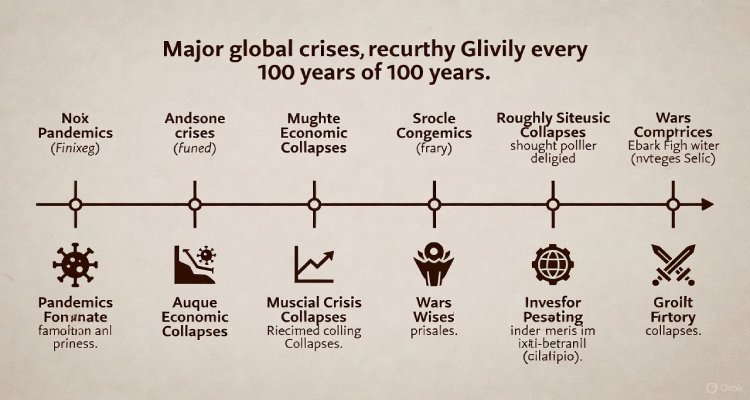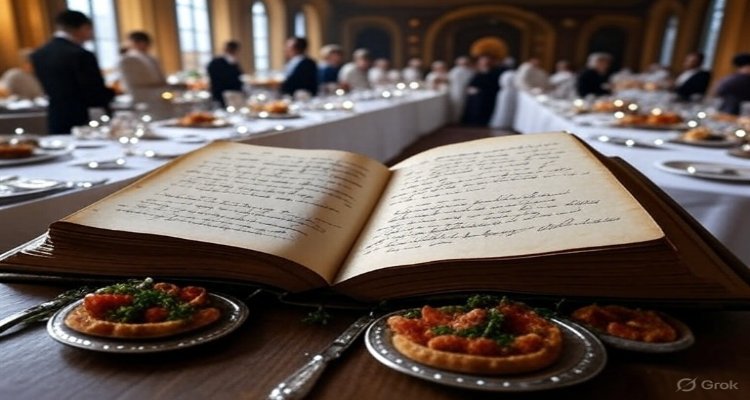The Recipes That Have Survived for Over a Thousand Years
From ancient Egyptian bread to Roman garum, discover timeless recipes that have endured for over a millennium—preserving taste, culture, and history.
Introduction – A Taste That Outlives Empires
Some recipes fade into forgotten cookbooks; others become eternal legacies. Across deserts, mountains, and seas, certain dishes have been passed down for over a thousand years—unchanged, unhurried, and unforgettable. They are more than meals; they are edible time capsules, carrying the flavors of civilizations long gone yet still alive in our kitchens today.
Context & Background – Cooking Through the Centuries
Food is one of the few universal languages humanity has ever spoken. From ancient Mesopotamia’s clay tablet recipes to medieval feast records, every era left behind a culinary signature. While modern diets have evolved with technology and trade, some recipes remain astonishingly true to their origins.
Historians credit their survival to three factors:
Cultural Significance – Tied to rituals, festivals, or religious traditions.
Adaptability – Able to use locally available ingredients while preserving the core recipe.
Taste Value – Simply too delicious to disappear.
Main Developments – Ancient Flavors Still on Our Plates
Egyptian Ta’amia (Fava Bean Falafel) – Over 3,000 Years Old
Long before chickpeas became falafel’s global face, ancient Egyptians were frying fava bean patties seasoned with herbs. Papyrus records suggest they were eaten for both nutrition and ritual offerings to gods. Today, ta’amia remains a breakfast staple in Egypt.
Roman Garum – The Umami Sauce of Antiquity
Rome’s empire was powered by wheat, wine, and garum—a fermented fish sauce so popular it was traded across Europe, Africa, and Asia. Modern Southeast Asian fish sauces like nam pla and nuoc mam are its culinary descendants.
Persian Fesenjan – Sweet and Savory Elegance
Dating back to the Sassanian Empire (224–651 AD), fesenjan is a slow-cooked stew of pomegranate molasses, ground walnuts, and poultry. Its complex sweet-tart profile has kept it on Iranian tables for over 1,300 years.
Indian Dal – A Staple Across Millennia
References to lentil stews appear in the ancient Sanskrit text Mahabharata. Rich in protein and easy to prepare, dal has survived every dynasty, empire, and colonial era in India.
Chinese Tea Eggs – Flavors Seeped in History
Tea eggs, marbled with cracks of soy, tea, and spices, date back to the Song Dynasty (960–1279 AD). They were originally sold as street snacks and remain a beloved comfort food across China.
Expert Insight – Why These Recipes Endure
“Survival in cuisine isn’t about resisting change—it’s about evolving without losing essence,” says Dr. Lila Hassan, a culinary historian at the University of Oxford. “These dishes adapted to changing empires and trade routes, yet remained true enough to be instantly recognizable.”
Food anthropologist Kiran Mehta adds, “In every recipe that lasts a millennium, you find a blend of ritual, nostalgia, and practicality. They’re both symbolic and sustenance.”
Impact & Implications – Preserving Culinary Heritage
In an era of fast food and fleeting trends, these ancient recipes serve as a reminder of continuity. Their survival has implications for:
- Cultural Identity: They connect diasporas to their ancestral roots.
- Sustainable Eating: Many are plant-based and resource-efficient.
- Culinary Education: They offer insight into ancient agriculture, trade, and diet.
However, globalization poses a challenge—commercial variations often dilute original flavors. Food historians and chefs are now working to document and safeguard these recipes in digital archives.
Conclusion – More Than Just Food
The next time you bite into falafel, sip broth seasoned with fish sauce, or savor a spoonful of dal, you’re tasting something far older than modern borders or nations. These recipes are not just survivors; they are storytellers, carrying the voices of those who cooked before us and inspiring those who will cook after us.
Disclaimer: This article is for informational and cultural purposes. Historical timelines and recipe origins are based on scholarly research but may vary due to evolving archaeological findings.











